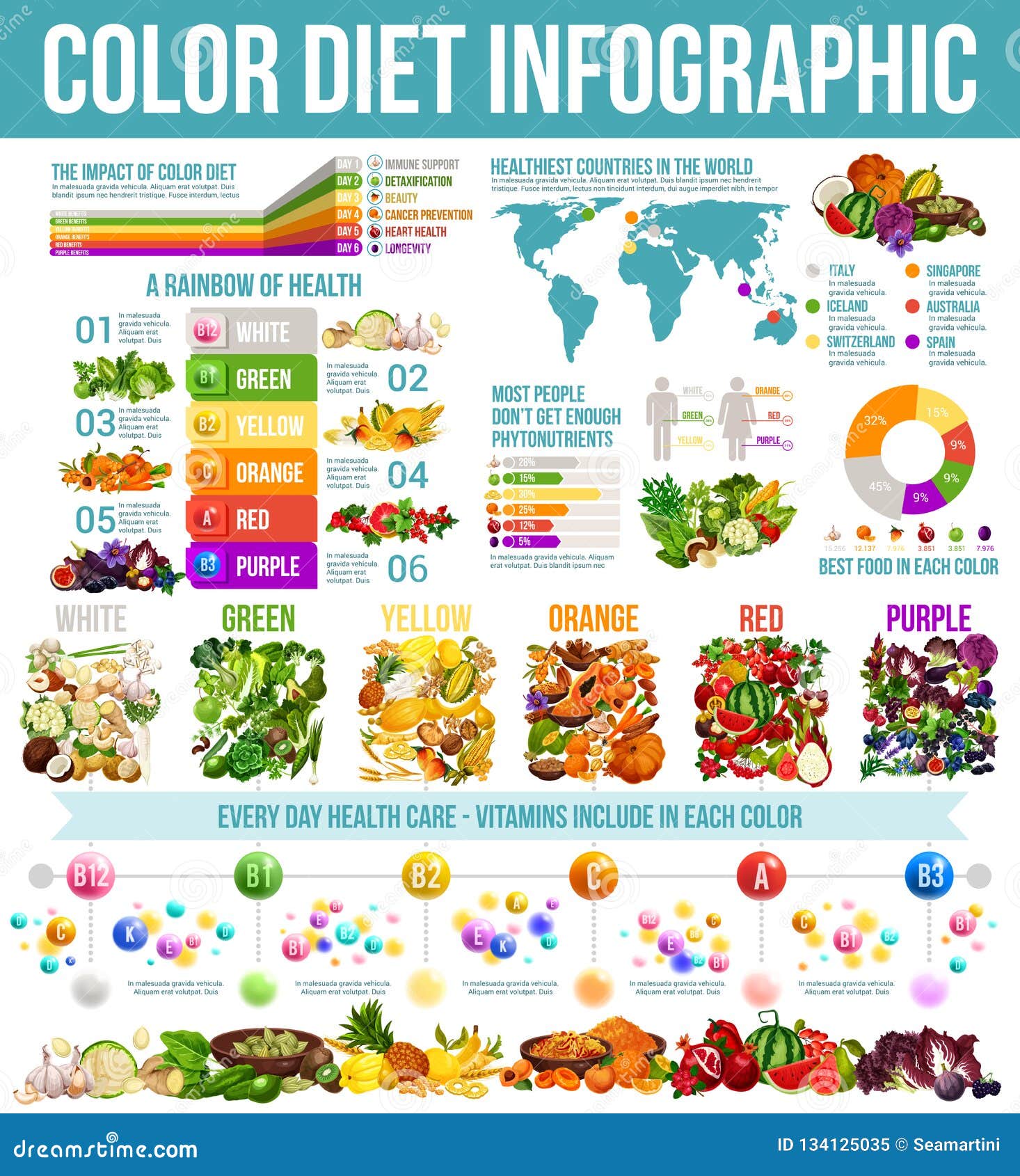

The red figure running across the Healthy Eating Plate’s placemat is a reminder that staying active is also important in weight control. Skip sugary drinks, limit milk and dairy products to one to two servings per day, and limit juice to a small glass per day. Remember that low-fat does not mean “healthy.” Limit red meat, and avoid processed meats such as bacon and sausage.Ĭhoose healthy vegetable oils like olive, canola, soy, corn, sunflower, peanut, and others, and avoid partially hydrogenated oils, which contain unhealthy trans fats. Whole and intact grains-whole wheat, barley, wheat berries, quinoa, oats, brown rice, and foods made with them, such as whole wheat pasta-have a milder effect on blood sugar and insulin than white bread, white rice, and other refined grains.įish, poultry, beans, and nuts are all healthy, versatile protein sources-they can be mixed into salads, and pair well with vegetables on a plate. Make most of your meal vegetables and fruits – ½ of your plate.Īim for color and variety, and remember that potatoes don’t count as vegetables on the Healthy Eating Plate because of their negative impact on blood sugar.
#Nutrition infographic download
Looking for a printable copy? Download one here, and hang it on your refrigerator to serve as a daily reminder when planning and preparing your meals! Translations of the Healthy Eating Plate are also available in over 25 languages. The arrival of displaced people in Pemba and Metuge has also increased job competition leading to higher unemployment rates, further exacerbating the food insecurity situation Disclaimer UN Office for the Coordination of Humanitarian Affairs To learn more about OCHA's activities, please visit. The people in need in 2023 includes 976,000 people displaced by the conflict, some 400,000 people in host communities and 170,000 people who had returned to their home districts in the course of 2022.Īccording to the Integrated Phase Classification (IPC), 1.7 million people are facing acute food insecurity as a result of violence and population displacement. In 2023, the humanitarian response will target 1.6 million people of the two million people in the most critical need of assistance and protection in Cabo Delgado, Nampula and Niassa due to the continued impact of armed conflict, violence and insecurity in the region. Reasons of return include: i) perception that place of origin is safe (52 per cent) ii) better living conditions (43 per cent) iii) family reunification (39 per cent) and iv) secure land and cultivate crops (28 per cent). In the first three months of 2023, approximately a thousand IDPs returned to areas of origin. Top districts hosting IDPs are Pemba, Metuge and Mueda although the assessment identified IDPs in 31 additional locations in Chiure, Macomia, Mocimboa, Montepuez, Mueda, Namuno, Nangade, Quissanga and Memba.īetween June and Novemer 2022, the number of returnees increased from 143,333 to 352,437 people. Women and children account for 80 per cent of the total displaced population.

The assessment reported that seventy-one per cent are IDPs in host communities while the remaining caseload 295,000 people) live in 92 displacement sites. 17 (November 2022), an estimated 935,130 IDPs were identified in Cabo Delgado, 89,016 in Nampula and 4,597 in Niassa an additional caseload of 80,000 IDPs in Cabo Delgado were identified compared to the previous assessment.

According to IOM/DTM Mobility Tracking Assessment n.


 0 kommentar(er)
0 kommentar(er)
